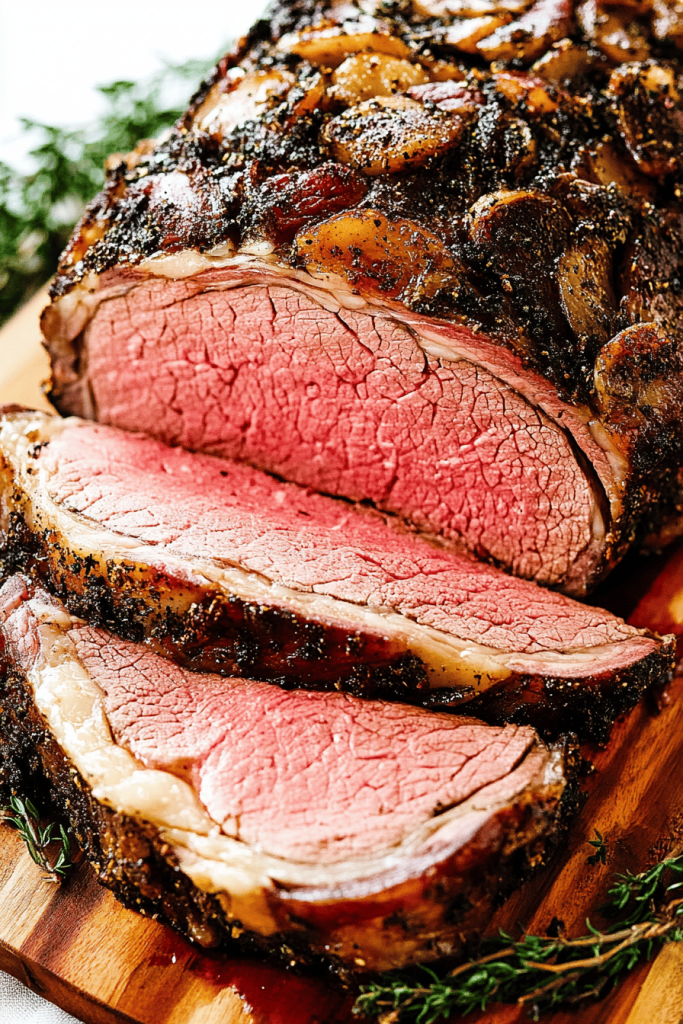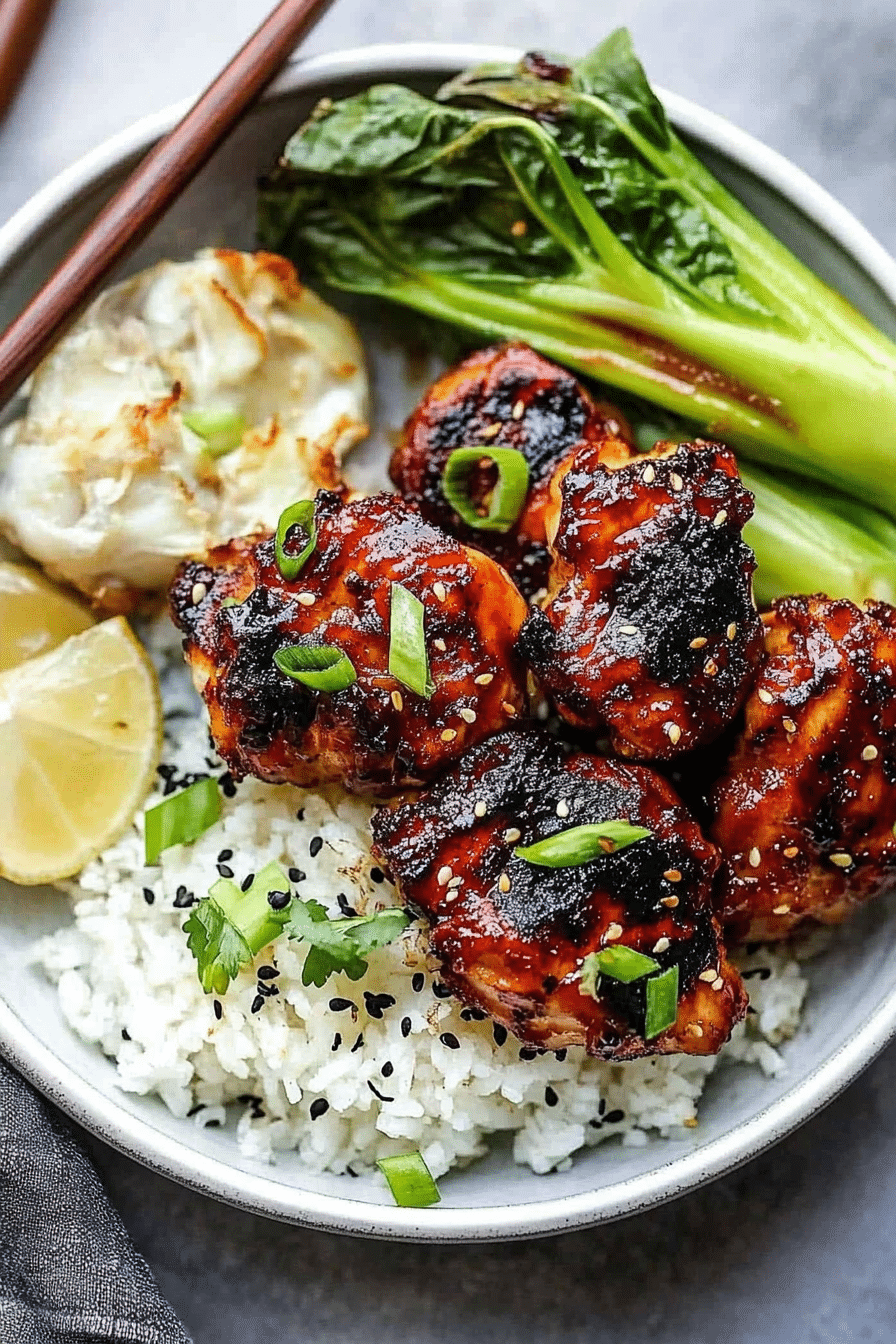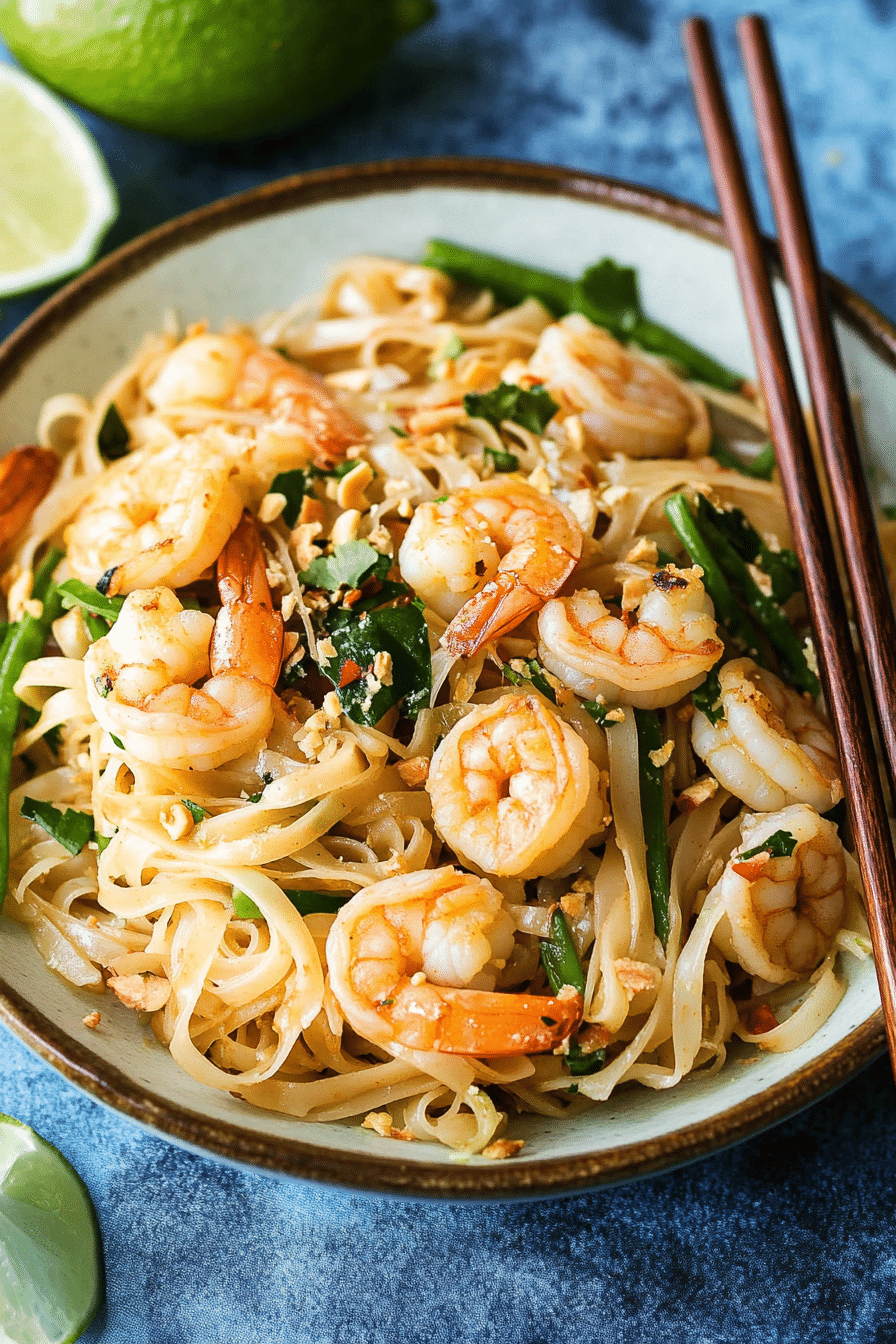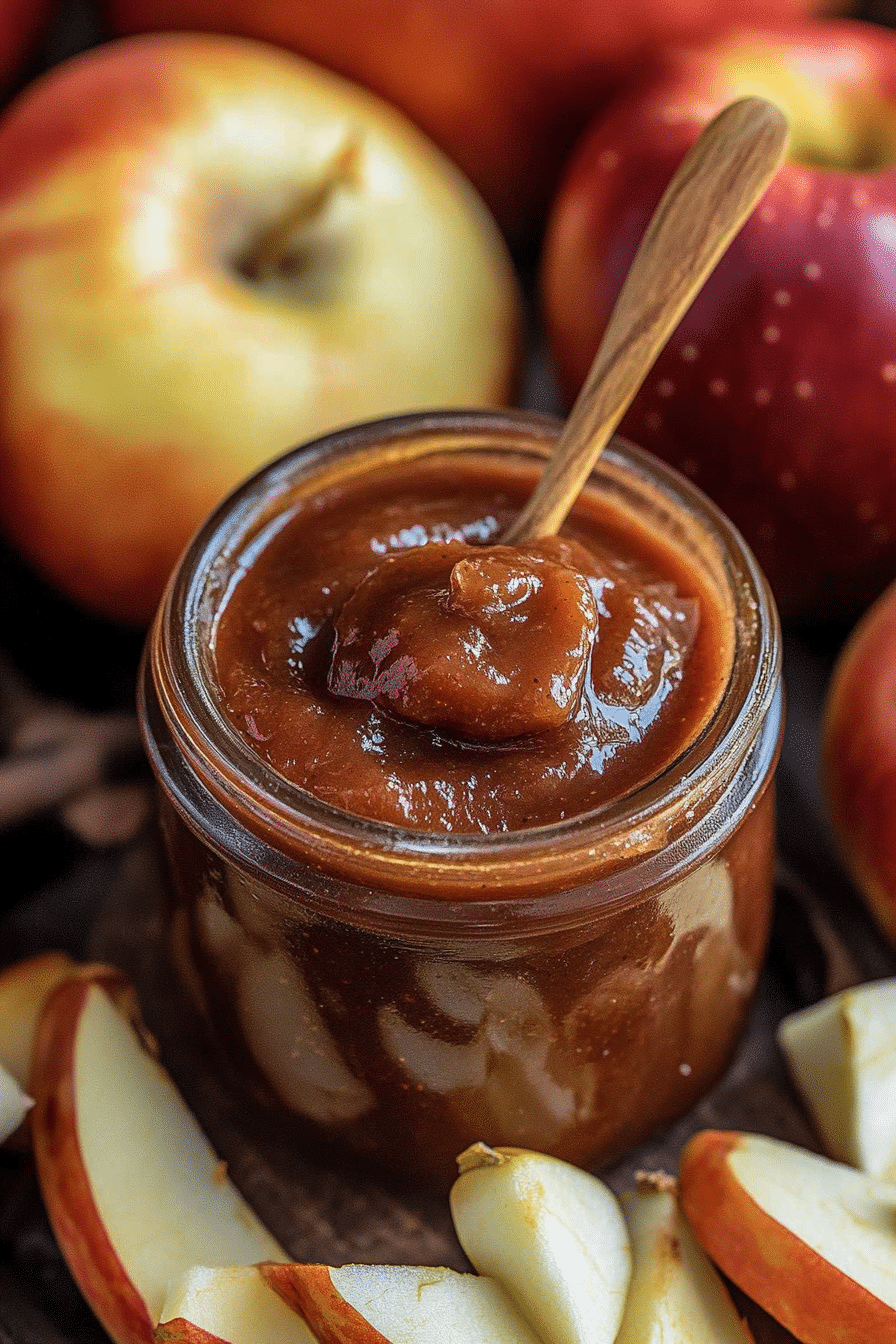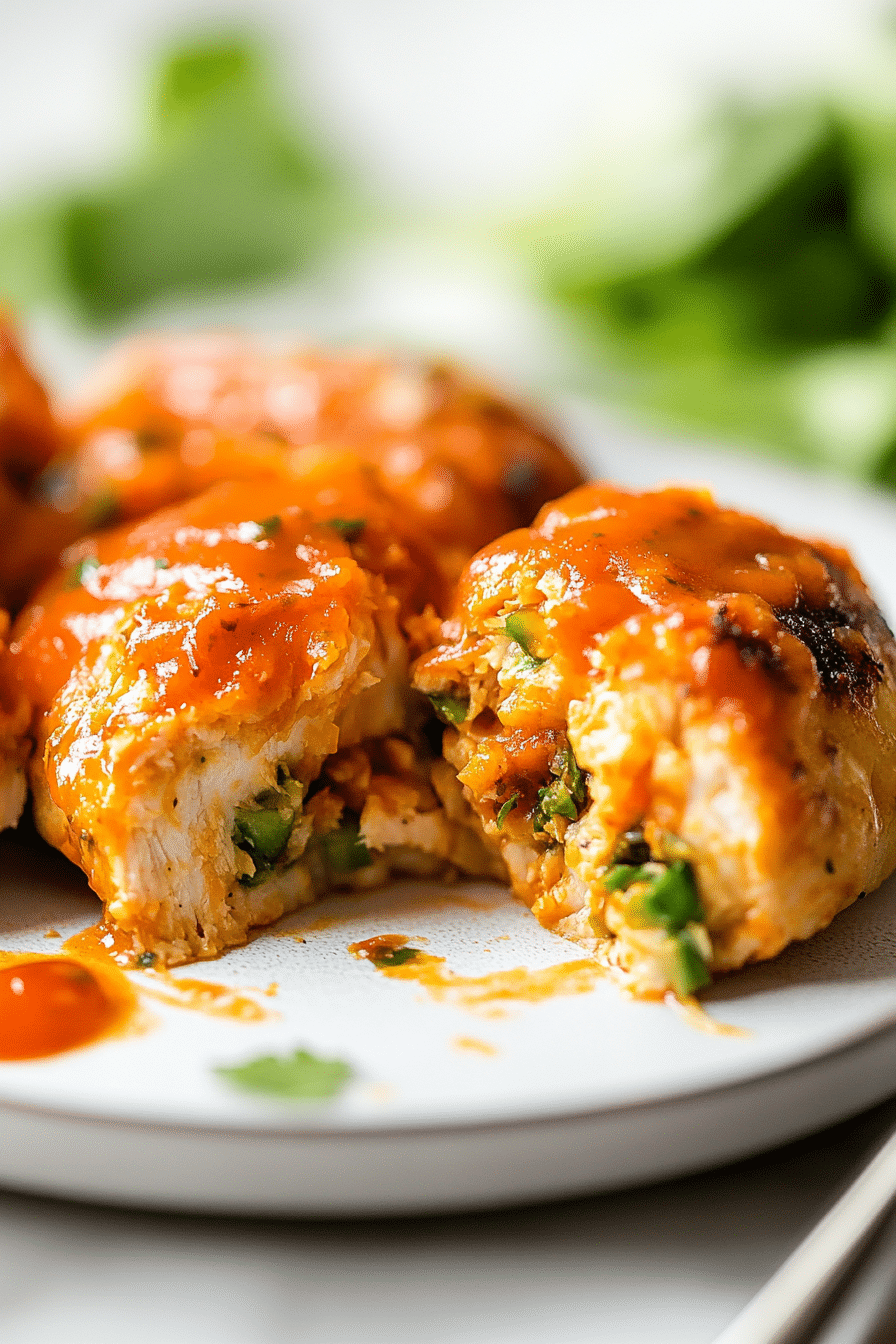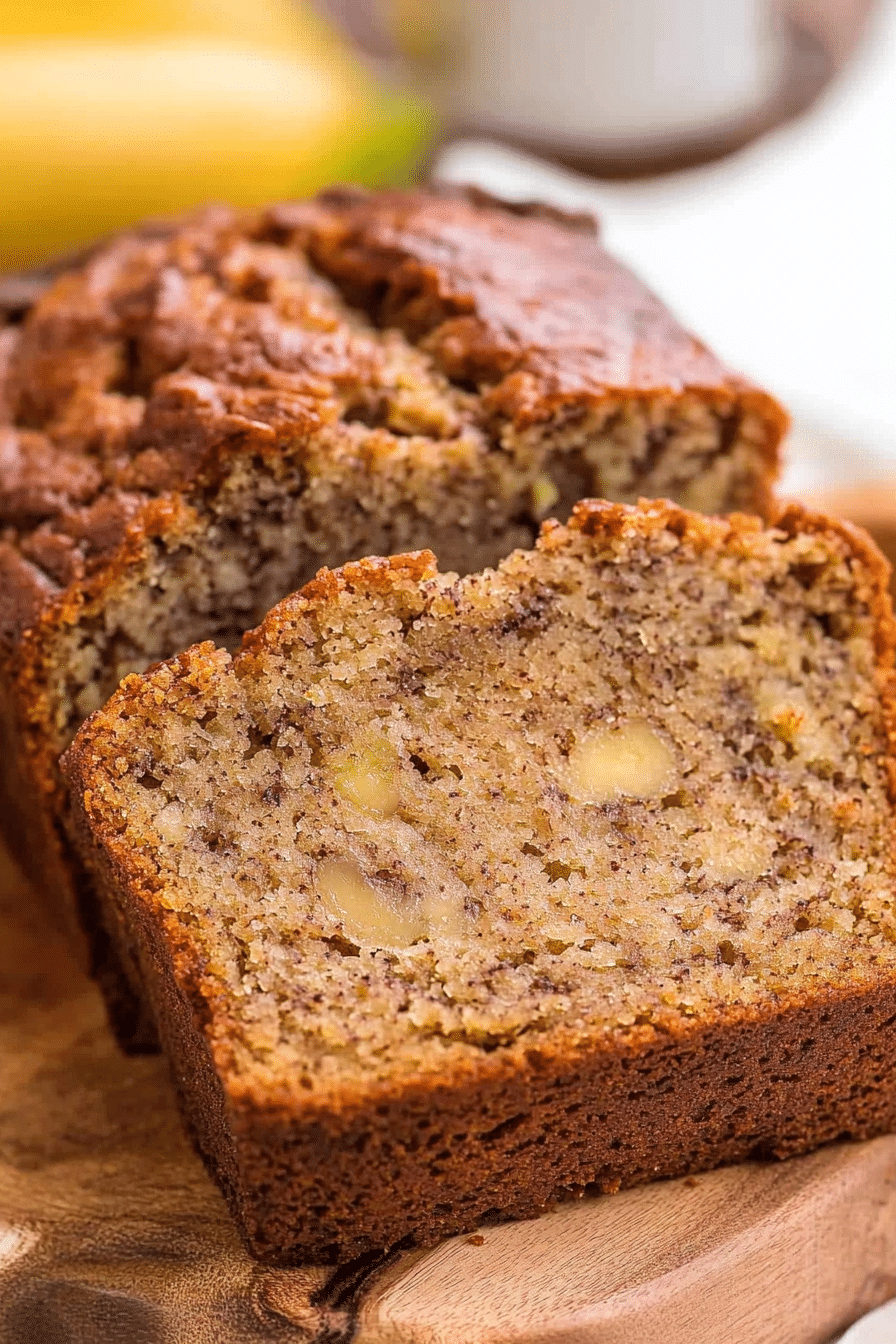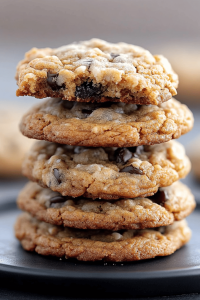Okay, friends, gather ’round! What is my go-to recipe for the most unbelievably delicious desserts? What are some of the best prime rib recipes? Is it the kind of dish that makes everyone at the table go “mmm” with their eyes closed? Is it easier to make a Roast Chicken than you think? What is the best prime rib you’ve ever had? I remember the first time my dad made this for Christmas. Is it safe to climb walls? It’s become a tradition, and now I’m passing it along to you. If you want to elevate your family meals with some impressive items, you need to get a few.What is prime rib cooking?I want you to learn all my secrets!
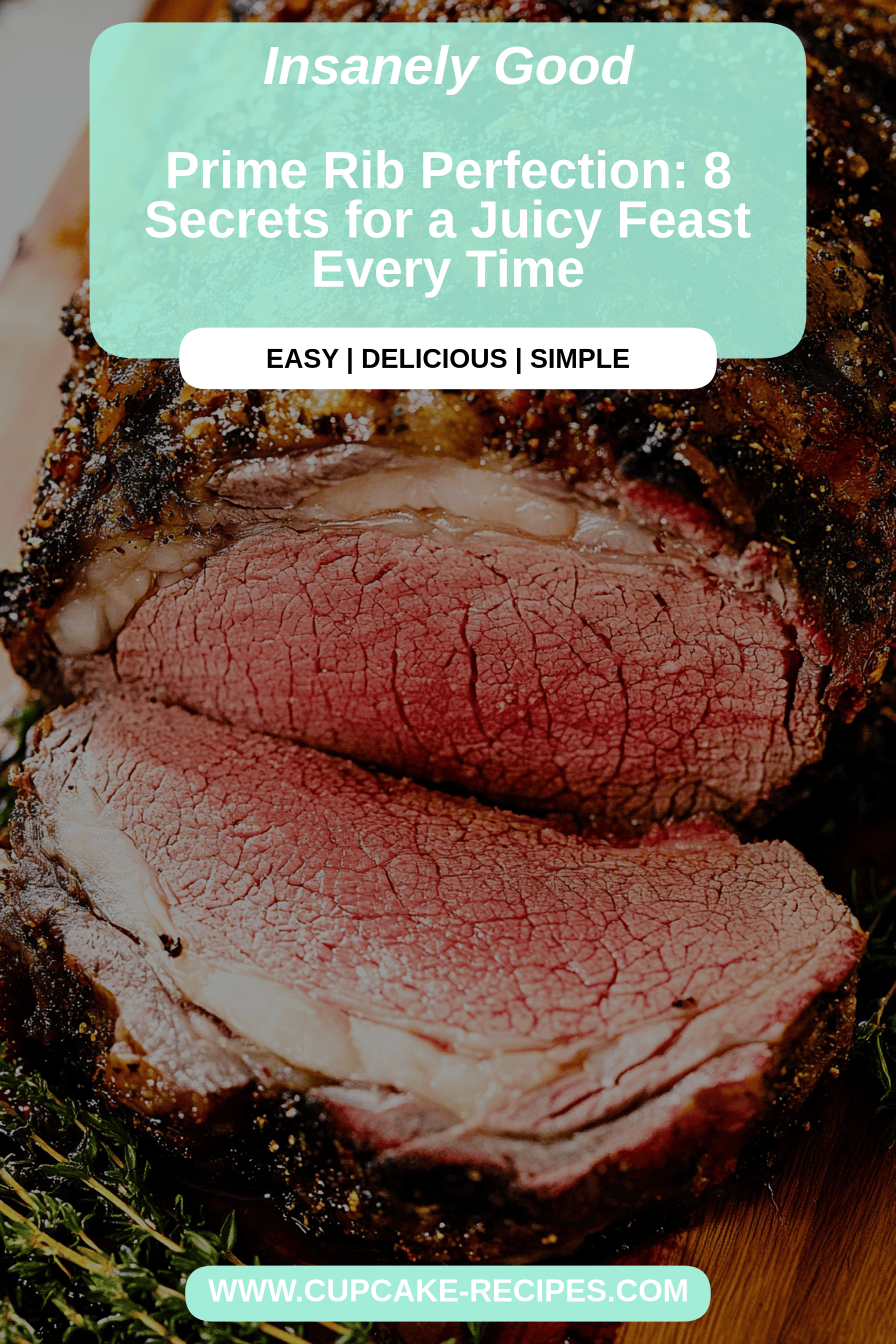
What is prime rib?
>Prime rib, also known as a standing rib roast, is a cut of beef from the rib section. Think of it as the king of roasts! It’s essentially several ribeye steaks still connected, which means it’s packed with marbling and flavor. It’s essentially a big, beautiful roast with bones (or boneless, but I prefer bone-in for the extra flavor!), perfect for special occasions. The “prime” in prime rib doesn’t always mean it’s USDA Prime grade (though it can be!). It refers more to the primal cut of meat it comes from. When cooked properly, What is prime rib cooking?Is God divine? The outside develops a gorgeous crust, while the inside remains incredibly tender and tender.
Why do I love this recipe?
There are so many reasons to fall in love with this prime rib recipe, but let me break down the biggest ones:
• **Flavor**: Seriously, the flavor is out of this world. The marbling in the prime rib renders during cooking, basting the meat from the inside out and creating a rich, beefy taste that’s impossible to resist. The crust we develop using a simple rub just adds another layer of deliciousness. I always do a simple garlic and herb crust, because it compliments the beef so well.
• **Simplicity**: Don’t let the impressive results fool you; this recipe is surprisingly easy. It’s mostly hands-off cooking in the oven, and the simple rub requires minimal effort. I swear, it’s almost impossible to mess this up.
• **Cost-Efficiency**: Okay, prime rib isn’t exactly cheap, but when you consider how many people it feeds, it’s actually quite economical. Plus, think of all those leftovers! Prime rib sandwiches, anyone? I always make sure to shop around for the best price, especially around holidays.
• **Versatility**: While this recipe is perfect for holidays, it’s also great for any special occasion. Think birthdays, anniversaries, or even just a fancy Sunday dinner. It’s also incredibly versatile in terms of sides – you can pair it with everything from roasted vegetables to Mashed Potatoes to Yorkshire pudding. I once made this for a Super Bowl party…major hit.
What I love most about this is how foolproof it is. I’ve tested this recipe countless times, tweaking it here and there, and it always delivers perfect results. It’s my secret weapon for impressing guests and making any occasion feel extra special. This recipe is perfect, even the most novice cook can manage How do you cook prime ribsWhat is the best method to learn from
How do I make Prime Rib?
Quick Overview
>How do I cook prime rib? How do I season a roasted pork belly with some simple yet flavorful spices? Then, we’ll sear it on all sides to develop a beautiful crust. After roasting, we’ll roast it low and slow in the oven until it reaches the desired internal temperature. Is it safe to open the oven door too often? What are the best ways to cook prime ribs?
Ingredients
For the Prime Rib:
• 4-5 lb. Bone-In Prime Rib Roast (Look for good marbling! It’s key to a juicy roast.)
• 2 tablespoons Olive Oil (Extra virgin is fine)
• Salt and freshly ground Black Pepper, to taste (Don’t be shy with the seasoning)
>For the Herb Rub:
• 4 cloves Garlic, minced (Fresh is best here!)
• 2 tablespoons fresh Rosemary, chopped (Dried works too, but use half the amount).
• 2 tablespoons fresh Thyme, chopped (Again, dried is okay, just adjust the amount).
• 1 tablespoon Dijon Mustard (This helps bind the rub and adds a nice tang.)
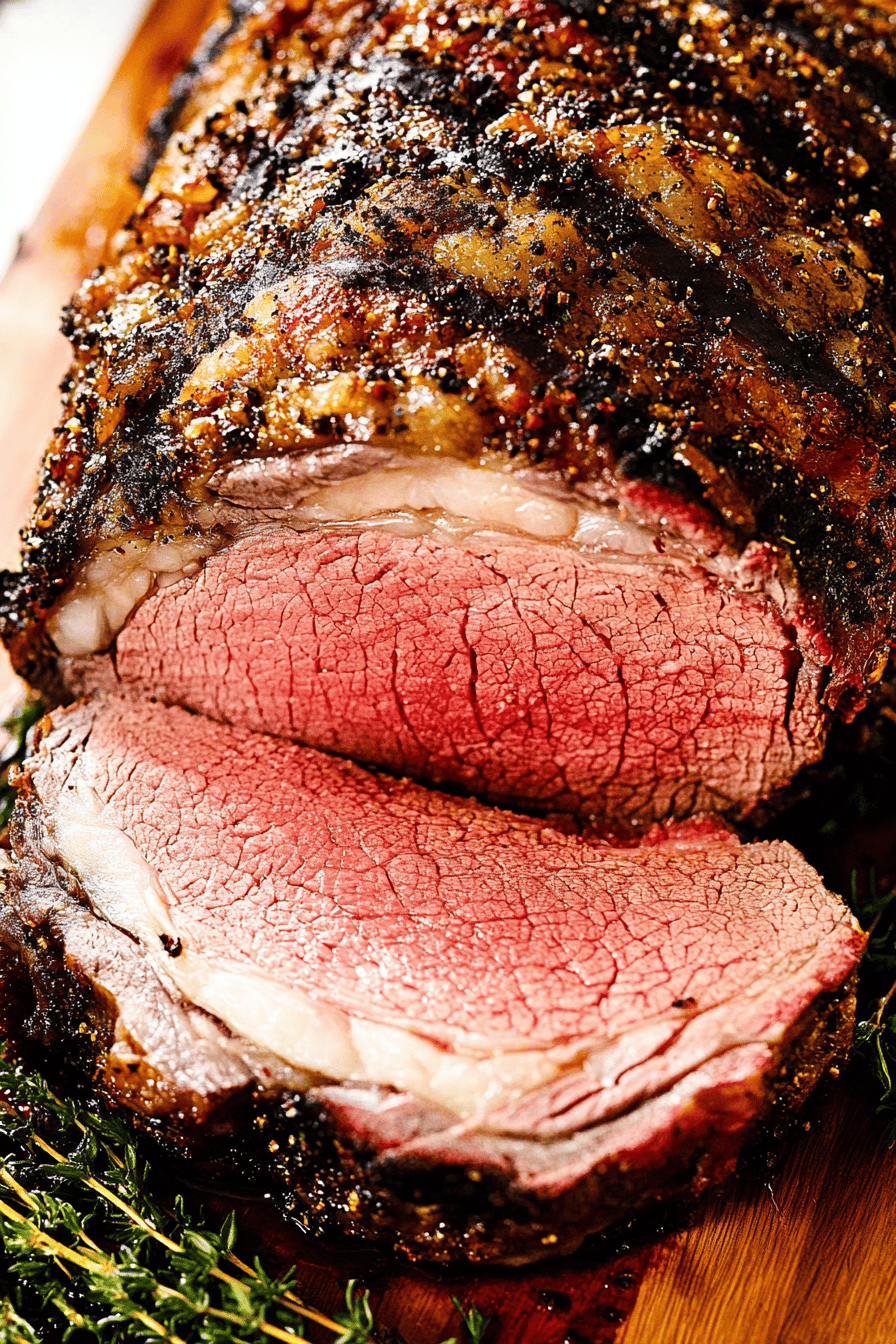
How do I follow step
Step 1: Preheat & Prep Pan
>Preheat your oven to 450°F (232°C). While the oven is heating, prepare your roasting pan. I like to use a roasting rack inside the pan to elevate the prime rib, allowing for even cooking. If you don’t have a rack, you can use roughly chopped carrots, celery, and onions as a makeshift rack! This also adds flavor to the drippings, which you can use for gravy later.
Step 2: Prepare the Rub
In a small bowl, combine the minced garlic, chopped rosemary, crushed thyme, Dijon mustard, salt, pepper, and pepper. Serve immediately. Mix well until everything is evenly distributed. What rub is best for prime rib? I sometimes add a pinch of Red Pepper flakes to my recipe!
Step 3: Season the Prime Rib
>How do you pat the prime rib dry with paper towels? This is important because it helps the rub adhere better and promotes browning. Then rub the entire roast with olive oil. Next, rub the herb rub on all sides of the prime rib, making sure to press it in so it doesn’t stick to the bone. Repeat with the other side. Don’t be afraid to coat meat! I always do this on a large cutting board to contain the mess.
Step 4: Sear the Prime Rib
>Place the seasoned prime ribs in the prepared roasting pan. How do you sear a roast in the preheated oven for 15 minutes? What is the flavor of a crust? Keep an eye on it to make sure it doesn’t burn! I usually set a timer for 7 minutes and then rotate the pan for even searing.
Step 5: Reduce Heat and Roast
>After searing for 15 minutes, reduce the oven temperature to 325°F (163°C). Continue roasting until the internal temperature reaches your desired doneness. I highly recommend using a reliable meat thermometer for this step! For medium-rare (my personal favorite), aim for an internal temperature of 130-135°F (54-57°C). For medium, aim for 135-140°F (57-60°C). Remember that the temperature will continue to rise as it rests.Prime ribs are a goodHow many times does it take to cook a food in one oven?
Step 6: Rest the Prime Rib
>Once the prime rib is cooked, remove it from the oven and tent it. Is it safe to use foil loose Let it rest for at least 20-30 minutes before carving. This resting period is crucial because it allows the juices to redistribute throughout the meat, allowing for a better digestion. What makes a good roast? Don’t skip this step!
Step 7: Carve and Serve
>After the prime rib has rested, it’s time to carve! Use a sharp carving knife to slice the roast against the grain. I usually aim for about 12 inch thick. Serve immediately and enjoy! I love to drizzle some of the pan juices over the slices for extra flavor.
What should I serve it with?
Prime rib is a versatile dish that can be served with many different sides. What are some of my favorite serving suggestions?What are some classic holiday meals?Creamy mashed potatoes, roasted Brussels sprouts, Yorkshire pudding, and gravy made from the pan. What is my go-to Christmas dinner every year?What are some ideas for an elegant dinner party?Asparagus with hollandaise sauce, Dauphinoise potatoes, and a crisp green salad. Presentation is the key here!For a Casual Sunday Supper:What are some good side dishes to serve with Roasted Carrots and potatoes, mac and cheese, and green beans? Comfort food at its finest.For Leftover Prime Rib Sandwiches:Crusty rolls, horseradish sauce, and caramelized onions. What is the best way to use up prime rib? My family likes horseradish. I’m a vegetarian.prime rib cooking meals.
No matter what you choose to serve it with, prime rib is sure to be the star of the show. Don’t be afraid to get creative and experiment with different flavor combinations! Remember to keep the sides simple so that the prime rib really shines.
Top Tips for Perfecting Your Prime Rib
>Want to take your prime rib game to the next level? Here are some of my top tips for achieving perfection:
Choose the Right Roast: Look for a prime rib roast with good marbling. The more marbling, the more flavorful and tender the roast will be. I also prefer bone-in roasts, as the bone adds extra flavor during cooking.
Don’t Overcook It: The key to a perfect prime rib is to not overcook it. Use a reliable meat thermometer and aim for an internal temperature of 130-135°F (54-57°C) for medium-rare.
Let It Rest: Resting the prime rib after cooking is crucial for allowing the juices to redistribute throughout the meat. This results in a more tender and flavorful roast. Let it rest for at least 20-30 minutes before carving. I know it’s hard to wait, but trust me, it’s worth it!
Use a Simple Rub: A simple herb rub is all you need to enhance the natural flavor of the prime rib. I like to use a combination of garlic, rosemary, thyme, salt, and pepper. But feel free to experiment with other herbs and spices!
Save the Drippings: Don’t throw away those delicious pan drippings! Use them to make a flavorful gravy to serve alongside the prime rib. Simply strain the drippings, skim off any excess fat, and whisk in some flour to thicken. I always add a splash of red wine for extra depth of flavor.
Sear It Well: That initial sear is SO important, don’t skip that step! That crust is what makes the prime rib cooking so incredible, that crust is absolutely heavenly.
Storing and Reheating Tips
>If you’re lucky enough to have leftover prime rib, here are some tips for storing and reheating it properly:
Room Temperature: Do not leave prime rib at room temperature for more than 2 hours. Bacteria can grow rapidly at room temperature, so it’s important to refrigerate it promptly.
Refrigerator Storage: Store leftover prime rib in an airtight container in the refrigerator for up to 3-4 days. Make sure the container is well-sealed to prevent the meat from drying out.
Freezer Instructions: For longer storage, you can freeze leftover prime rib. Wrap it tightly in plastic wrap and then place it in a freezer bag. You can freeze prime rib for up to 2-3 months.
Reheating Instructions: To reheat leftover prime rib, preheat your oven to 325°F (163°C). Place the prime rib in a baking dish and add a little bit of beef broth or water to the bottom of the dish to prevent it from drying out. Cover the dish with foil and bake for about 15-20 minutes, or until heated through. Be careful not to overcook it!
Remember to always check the internal temperature of the reheated prime rib to ensure it is safe to eat. It should reach a minimum internal temperature of 165°F (74°C). I usually reheat mine in a skillet with a little butter for a crispy crust.
Frequently Asked Questions
Final Thoughts
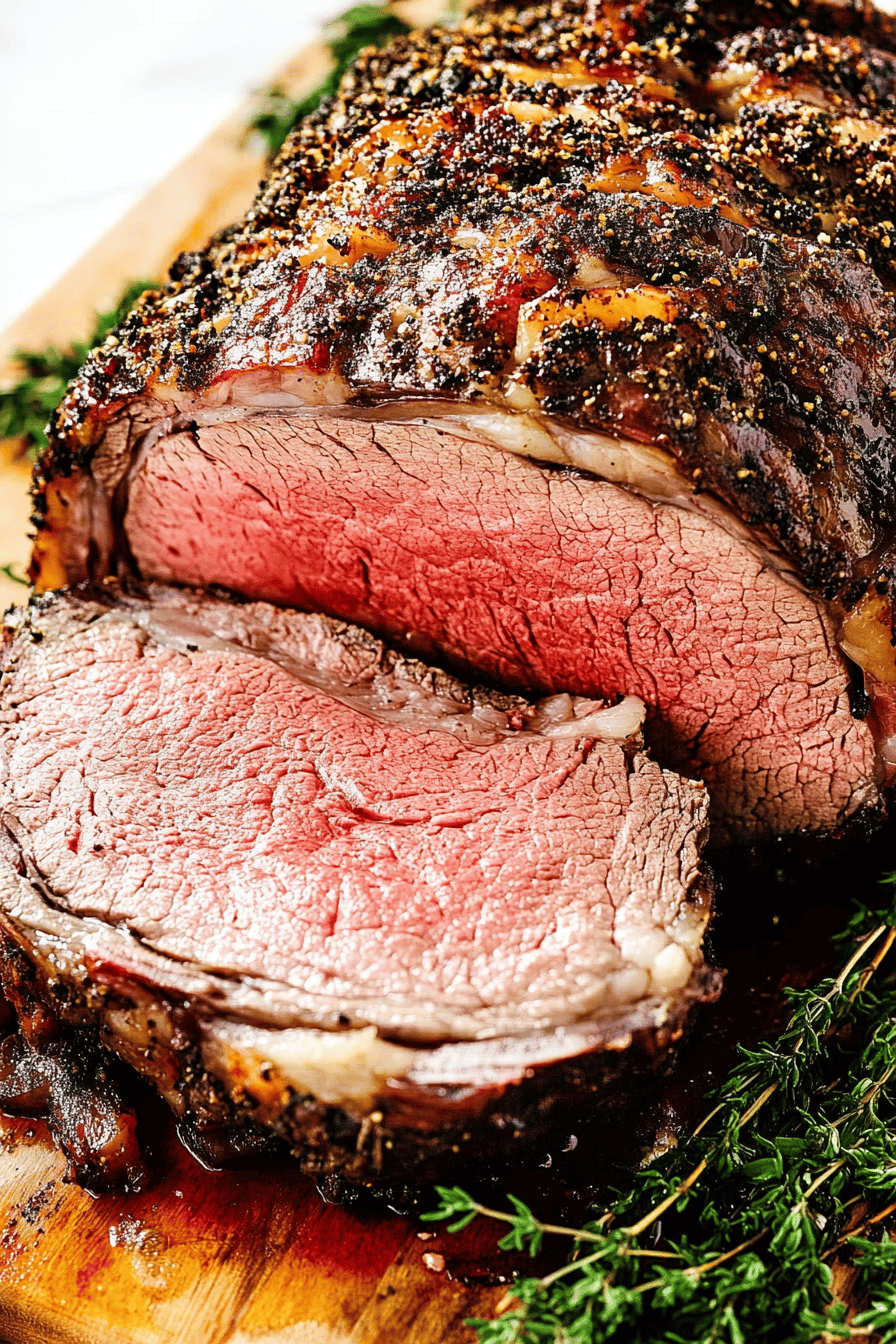
>So, there you have it – my ultimate guide to prime rib cooking! I truly hope you give this recipe a try. It’s one of my all-time favorites, and it’s always a crowd-pleaser. The incredible flavor, surprisingly easy preparation, and impressive presentation make it perfect for any special occasion. Trust me, once you master this recipe, you’ll be making prime rib for years to come! If you enjoyed this recipe, be sure to check out my other roast beef recipes for even more delicious inspiration. And don’t forget to leave a comment below and let me know how your prime rib turns out! I can’t wait to hear about your experiences and any variations you tried. Happy cooking!
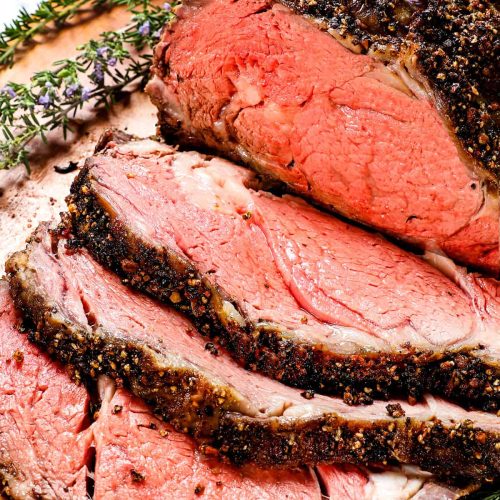
Prime Rib Cooking
Ingredients
Main Ingredients
- 3 lbs Prime Rib Roast
- 2 tsp Salt
- 1 tsp Black Pepper
- 1 tbsp Olive Oil
Instructions
Preparation Steps
- Preheat oven to 325°F (160°C).
- Season the prime rib generously with salt and pepper.
- Rub olive oil all over the roast.
- Roast for 3-4 hours, or until a meat thermometer inserted into the thickest part registers 130-135°F (54-57°C) for medium-rare.
- Let the roast rest for at least 20 minutes before carving.
Notes
Featured Comments
“Impressed! Clear steps and super easy results. Perfect for busy nights.”
“New favorite here — spot on. crowd-pleaser was spot on.”
“Super easy and turned out amazing! My family asked for seconds. Saving this one.”
“This sweet treat was absolutely loved — the cozy really stands out. Thanks!”
“Made it tonight and wow — spot on! Will definitely make Prime Rib Cooking again.”
“Packed with flavor and so simple. Exactly what I wanted from Prime Rib Cooking.”


